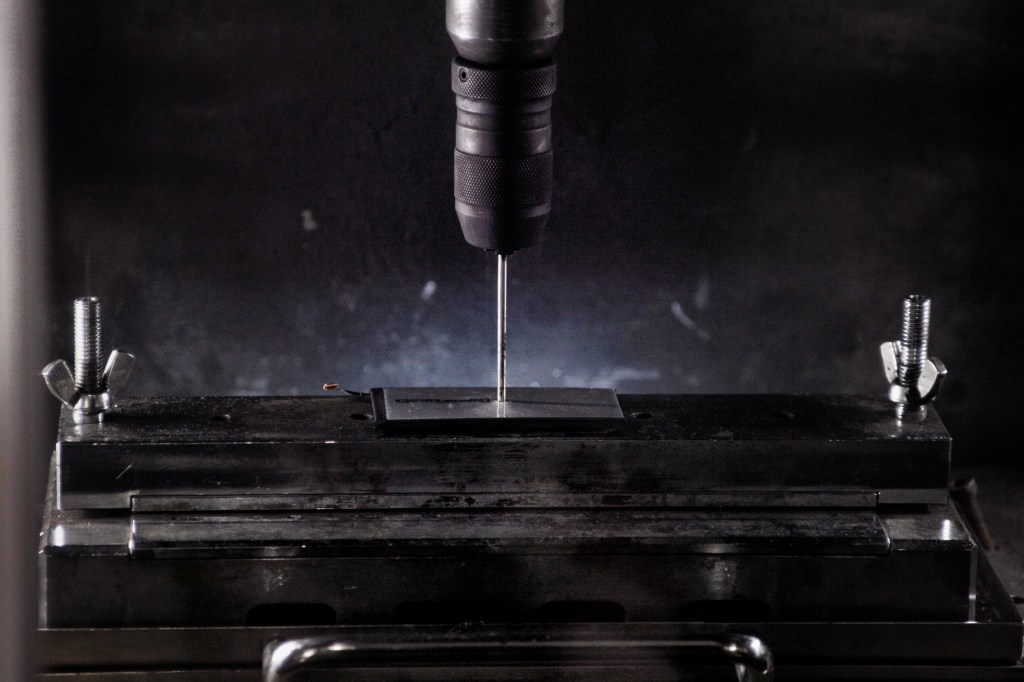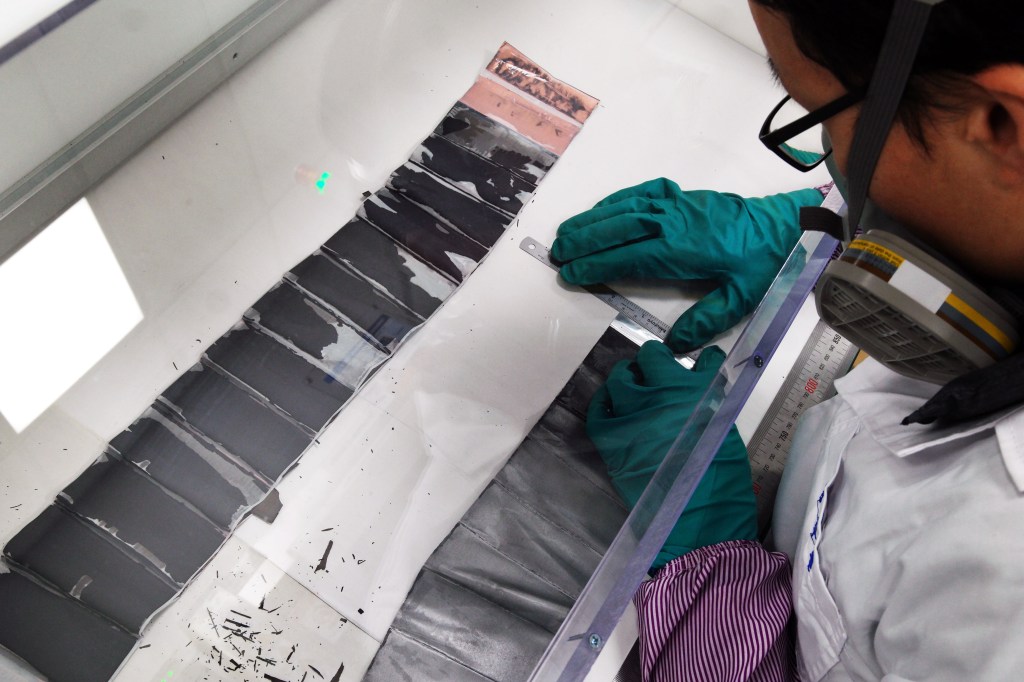
After explosions, recalls, and months of bad press, Samsung is attempting to put the drawn out Galaxy Note 7 saga behind it once and for all, with the long-promised official release of the findings of its internal investigation.
Samsung mobile chief DJ Koh kick off a packed press conference in
Seoul by “deeply” apologizing to customers and business partners, before
adding on a somewhat positive note that some 96-percent of of the three
million Note 7 devices sold had been returned.
Koh followed with an explanation of the company’s internal testing
methodology, nothing that Samsung built a standalone testing facility to
isolate the case of the explosions, testing wired and wireless charing,
iris scanning and the USB-C connector. And while none of those were
determined to be the root cause of the Note explosions, he added that
the company will be instituting future safeguards to be extra careful.

According to the testing, the incidents were caused by the battery cells, as previously reported in leaks
that have come out in the past few weeks. According to Koh, “the main
cause of the incident was deflections in the negative electrode” in the
first batch of batteries, while melted copper was found in the second
batch, due to a short circuit that occurred during welding.
Essentially, the push toward a larger battery thanks to increased
consumer demand led the company to manufacturer a cell with less
protective cases. That ultimately led to a greater likelihood of contact
between insulated elements, be it through manufacturing defects,
dropping or other factors.
A second replacement battery didn’t have the same manner of design
defect, but the company’s rush to address recalled units ultimately may
have introduced a similar manufacturing defect into the process, leading
to an even more distressing second recall of the devices.
For its part, Samsung says it employed more than 700 testers
internally. A number of external testers were also brought on board, as
part of a
Battery Advisory Group. Sajeev Jesudas, President, Consumer Business Unit, UL, seems to have come to a similar conclusion, noting failures in the upper part of the battery cell.

Jesudas cited a number of potential design issues leading to a
potential short circuit, including higher battery density, poor welding,
missing insulation and sharp edges. “Our further conclusion is that we
need further investigation,” he added, while blaming both design and
manufacturing as root causes.
Kevin White, Principal Scientist, Exponent,
took the stage next. In his presentation, White stated similar issues
with negative electrodes as Samsung had in its own findings. Ultimately,
manufacturing didn’t allow for enough space for the negative
electrodes, forcing them to become bent, allowing contact between
positive and negative contact, leading to short circuiting and
self-heating.
“Electronics,” White added with regard to Exponent’s findings, “did
not contribute to the failure of either manufacturers’ cells.”

The third and final outside party to take the stage was Holger Kunz, Executive Vice President Products of TUV Rheinland AG, another objective third-party testing group out of Germany.
The company specifically investigated safety as it pertained to the
assembly line manufacturing process, testing that occurred from November
of 2016 to earlier this month. The group found “no detection of
weakness or concern” during the manufacturing and found that the tested
batteries met the international safety requirements – far and away the
least conclusion for the three third-party investigations
While the three investigations weren’t entirely consistent, the
overall findings point to the combined push of more resource intensive
phone usage, coupled with the quest to create more compact phones.
Ultimately, the company pushed manufacturing partners to jam a 3,500mAh
battery into a smaller form factor, while failing to catch any potential
issues prior to launch.

Koh explained that the company is taking responsibility for its
failings, while, “implementing a broad range of internal processes to
ensure that product safety and quality is our number one priority.” The
company will add new training procedures and employ additional testers
on future phones, along with an “eight-point battery safety check” on phones that includes a simulated two weeks of continuous phone usage in various scenarios.
COMMENT AND SHARE....................!!!!!!!








Comments
Post a Comment
Welcome.......
What are you thinking of....!!